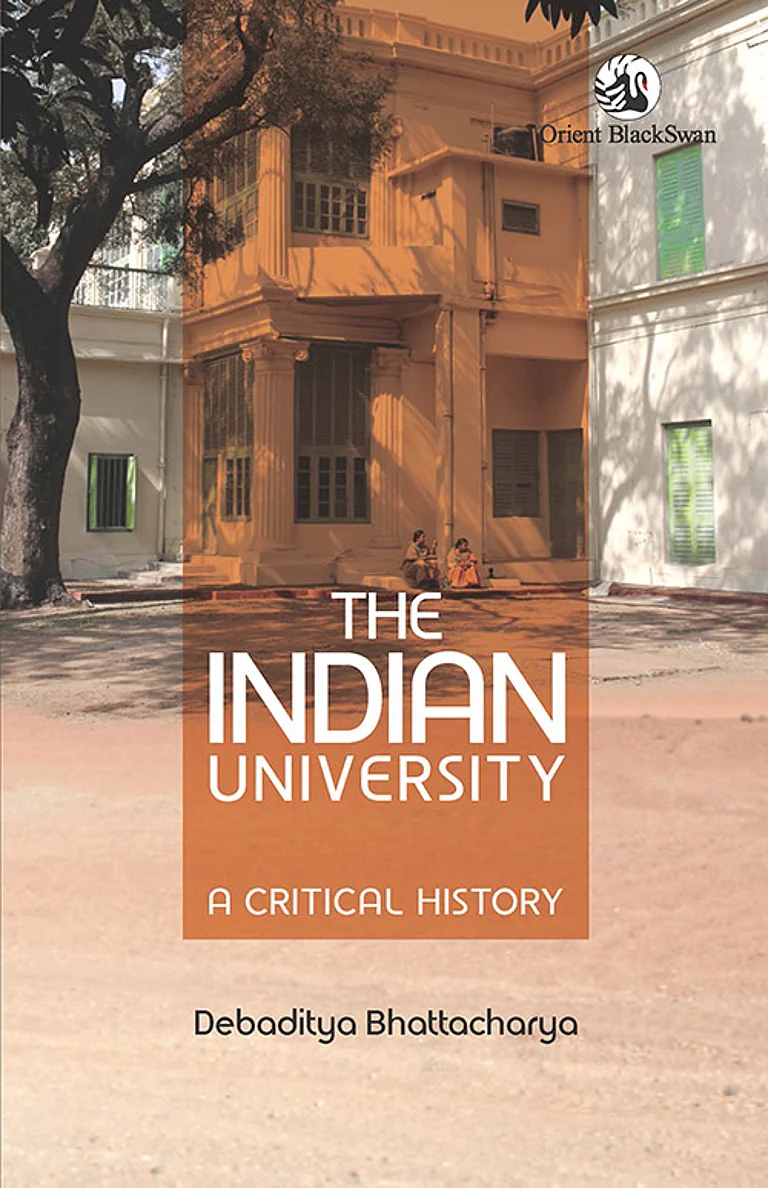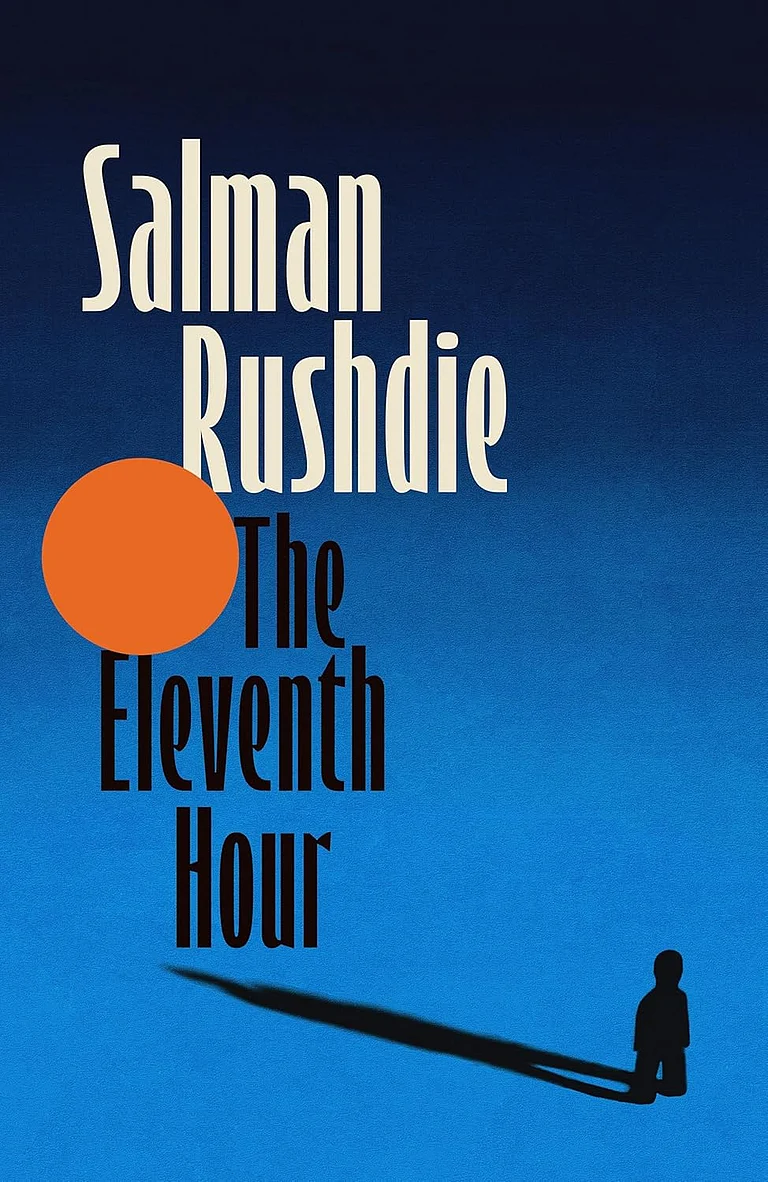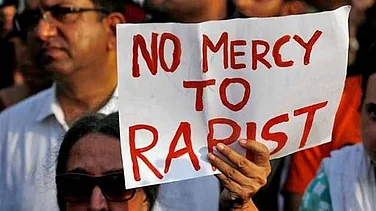The assembly elections in Bihar are interestingly poised. The internal tussle among the bjp allies (JD-U and Samata) over the distribution of seats has provided the complications. Before that, Laloo Prasad Yadav was staring at a straight anti-incumbency wave against the rjd government, what with a majority of urban voters unhappy with it and the rural caste equations eluding his stranglehold. Not that hes off the hook now. Laloos problems have compounded with the breakdown of his alliance with the Congress. Especially so in south Bihar, where the Congress has a significant presence and the anti-bjp vote will now be split. The infighting among the bjps allies has offered the rjd an outside chance to redeem itself, but going by the general mood they have an uphill task.
These elections will give an indication as to how valid the anti-incumbency phenomenon is in reading Indian politics. In recent times, only Andhra Pradesh and Madhya Pradesh have proved to be an exception to this rule. It is a fair guess that Bihar, after a decade of Laloos rule, may not have much going for the rjds social justice platform, given its pathetic record in spheres of administration.
Voters across the country are today concerned about infrastructure issues like availability of power, drinking water and good roads. The voters of Bihar, apart from these basic issues, are still exercised about more inflammable issues like corruption, law and order and inflation. The rjd regime, by a large cross-section of voters cutting across community and party lines in the state, is perceived to have failed on all fronts. There has been a significant erosion in Laloos popularity. But despite that, Laloo still commands respect among the Yadav community and has the image of a fighter who could never be cornered. For his arch rival, Ram Vilas Paswan, who has been waiting in the wings for many years, the time may have come. That is, if the nda can narrow the choice down to him from the many contenders that there are.
Bihar has always witnessed sharp polarisation along caste lines. The Lok Sabha elections further proved that caste is still the most important political factor. Over the years, the bjp has been able to attract urban upper-caste voters from the Congress, hastening that partys marginalisation. Its alliance with the Samata Party has helped the bjp make inroads among powerful backward castes like the Koeris and Kurmis, who constitute about 11 per cent of the electorate in Bihar. Again, its pact with the jd(u), with Paswan as a mascot, has helped it increase its acceptance among Dalits. Thus, the bjp front has a wide appeal among the various caste vote-banks. It has even fielded many Yadavs, to cut into the rjds primary vote-bank. It remains to be seen whether Muslims will remain with the rjd. Muslims constitute about 13 per cent of the state electorate and have a decisive influence in about 95 assembly constituencies out of 325..
The political landscape in Bihar has undergone a sea change since the 1995 assembly elections, therefore the results of the 1999 Lok Sabha elections are much more relevant in making predictions now. In the 99 elections, the bjp and its allies were leading in 193 assembly constituencies and the rjd-headed alliance (with the Congress, cpi(m) and the Marxist Coordination Committee) combine was ahead in only 94 constituencies. However, the contest was much more closely fought than that indicates - in fact, in 72 assembly constituencies the victory margin was within five percentage points. Since the political picture in Bihar is fuzzy, it would be interesting to analyse the effect of a shift in voting intention (swing) on various parties. A one per cent shift away from the bjp and allies since the 99 Lok Sabha poll would result in a gain of 16 seats for the rjd. However, the rjd will need a big shift of over 9 per cent from the bjp to win the 163 seats needed to obtain a simple majority.
There is seldom a uniform swing pattern across the state, therefore a regional analysis will provide valuable insights. The breakdown of the alliance between the rjd and the Congress will work to the advantage of the bjp. A one percentage reduction in Index of Opposition Unity (iou) in south Bihar would result in one additional seat for the bjp. iou refers to the votes polled by the largest Opposition party divided by the total votes polled by all the Opposition parties. The bjp and its allies were leading in 58 assembly segments in south Bihar. The bjp alliance is likely to lose some ground in north and central Bihar due to the last-minute misunderstanding between the alliance partners. In north Bihar, for every one percent drop in iou, the rjd will pick up three seats and in central Bihar it will have a benefit of two additional seats.
Despite all this, whichever party or alliance comes to power in Bihar, the state is likely to witness a degree of political uncertainty. In the event of an unclear verdict, the Congress would have to eat its words and support the rjd to prevent the bjp from forming a government.
(Naveen Surapaneni is a psephologist with the Centre for Media Studies)


























